UK has received the reaction to the Customs backstop paper that was presented on Thursday.
At a press conference EU Brexlt Head Negotiator Michel Barnier slearly said, “The backstop cannot be extended to the whole UK”.
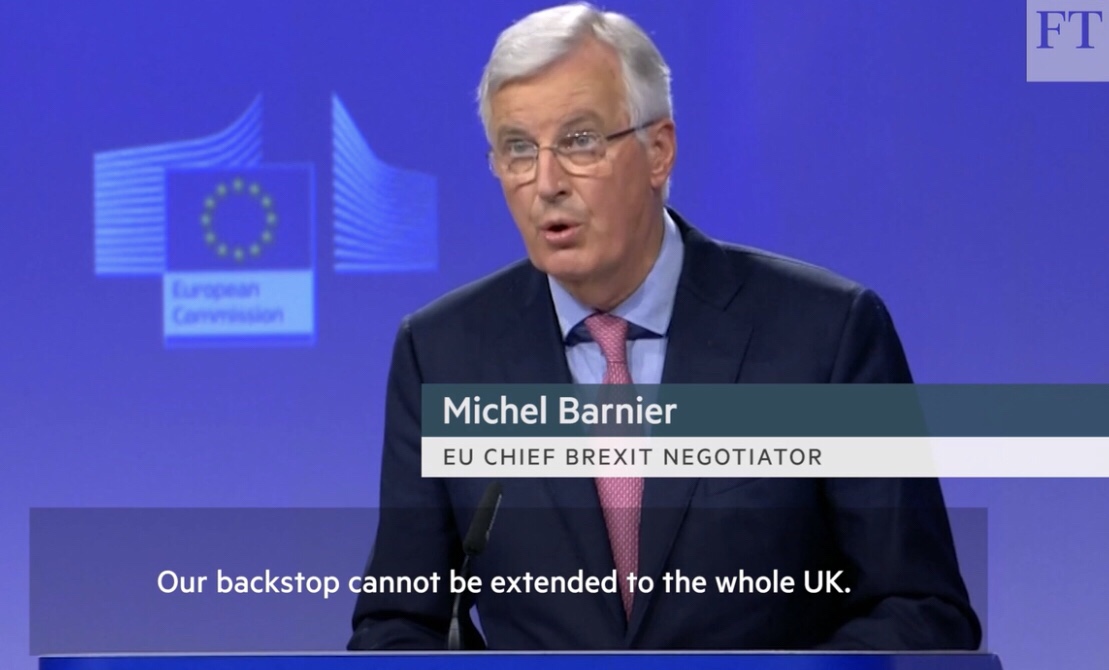
Further more Barnier explained, that even though te EU and its member states are ready to make exceptions on Ireland to solve the NI/ROI situation such privileges are not on offer to the rest of the UK by virtue, not of malice, but its decision to leave the union.
We will se what happens over the next two weeks.
There is still some way to go to solve this issue. My view is that the best way forward is to create the best possible Customs and Border process within the existing international legislation, this possible for EU and others to accept, but doing it in new innovative ways using a broad multi-tier trusted trader programme moving duty colelction and necessary non-tariff barriers away from the border and use modern technology for the minimum friction border crossing.
You can see the Barnier speech here: Barnier Comments Press Conference
International trade has dominated the global headlines recently. Much of the discussions have been focused on the threat of a trade war, the tit-for-tat tariffs, and the health of the global trade order. While extremely important, these conversations are missing a brighter side of international trade – how innovative technologies in the Fourth Industrial Revolution are transforming trade by making the processes more inclusive and efficient.
Technological disruption isn’t new for the global trade system. The steam power revolution connected the world like never before. The invention of shipping containers laid the foundation for globalization. More recently, technologies such as Optical Character Recognition (OCR) to read container numbers, Radio Frequency Identification (RFID) and QR codes to identify and trace shipments, and basic digitization of trade documents have improved the reliability and efficiencies of the international trade.
At the same time, from trade agreements written before digital commerce, transactions that go accompanied with large amount of paper work, to trade financing that still depends on traditional banking methods, the global trade system has failed to take full advantage of cutting edge technologies that could make trade more efficient, more inclusive, and less costly.
The good news is that we may be on the brink of change. Different technologies in different parts of the technology adoption life cycle, when combined, could fundamentally change the way resources are allocated and international trade operates. Governments and businesses need to understand the current trends in order to stay ahead of the curve.
Here are the 5 technologies that will disrupt global trade:
1. Blockchain
Blockchain and blockchain-based distributed ledger technologies can have tremendous impact on the global supply chain. Trade organizations such as Dubai Chamber lf Commerce and Industry have also launched an initiative to leverage blockchain technology to address global trade issues such as high costs and lack of transparency and security.
In addition to making movement of goods more efficient and reliable, blockchain-based solutions are disrupting the world of trade financing. For example, blockchain is being used to simplify the long and tedious process of obtaining a Letter of Credit (LoC), a payment mechanism used in international trade.
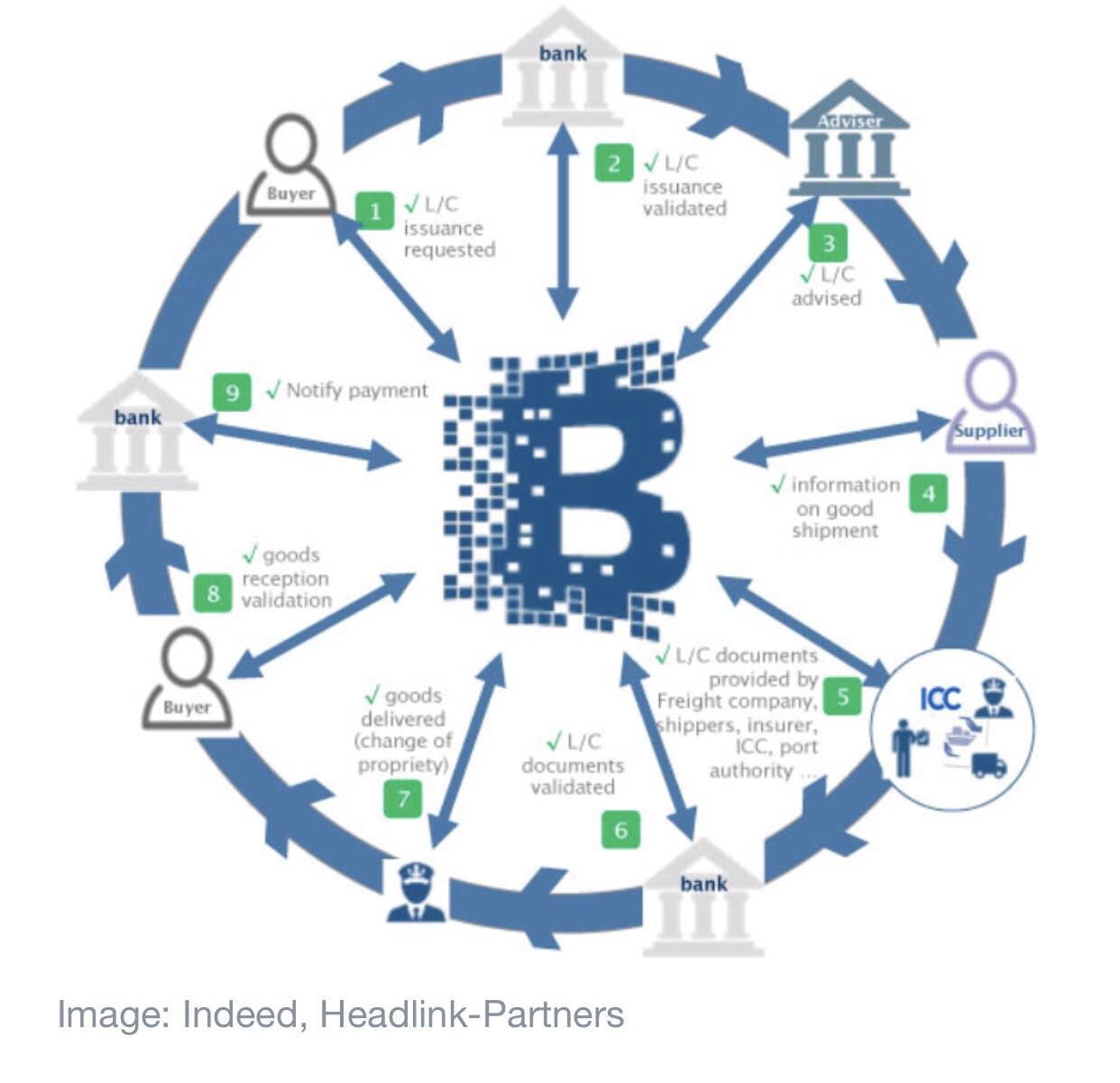
Deloitte has helped an Indian private sector bank redesign its LoC issuance by developing a blockchain solution (based on the Ethereum platform) that reduced the issuance time from 20-30 days to hours. In some other instances, companies such as Skuchain are by-passing the LoC altogether by providing real-time tracking of goods and inventory financing that de-risks transactions, and allows financiers to provide working capital relief to all supply chain partners at the lowest cost of capital in that chain.
2. Artificial Intelligence and Machine Learning
Artificial Intelligence and Machine Learning can be used to optimize trade shipping routes, manage vessel and truck traffic at ports, and translate e-commerce search queries from one language into other languages and respond with translated inventory.
More than efficiencies gains and better consumer services, AI is also being used to make global trade sustainable. For example, Google launched Global Fishing Watch in 2016, which is a real-time tool using machine learning to combat illegal fishing by providing a global view of commercial fishing activities based on ship movements and satellite data. It can be used by governments and other organizations to identify suspicious behaviours and develop sustainable policies.
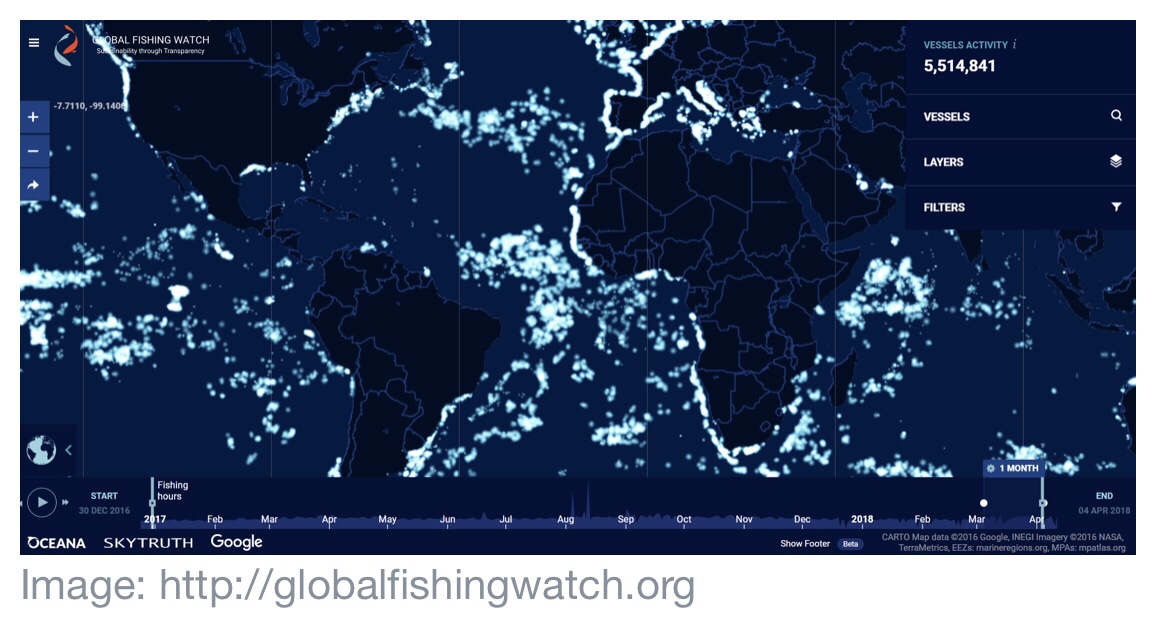
3. Trading services via digital platforms
It’s increasingly easier to trade services online – digital platforms like Upwork allow users to find service providers from all over the globe for a wide range of services, and can find anything from a web developer in Serbia, to an accountant in Pakistan, to a virtual assistant in the Philippines. Meanwhile, startups such as the international learning platform VIPKID pairs up American educators with Chinese children to teach English online. These digital platforms seamlessly connect the customers with service providers, in a way that wasn’t possible before when such professional services were mostly delivered in person.
4. 3D-printing
The jury is still out on the impact of 3D-printing on global trade. There are studies that predict that once high-speed 3D-printing is mass-adopted and cheap enough, global trade may decrease by as much as 25%, since 3D -printing requires less labor and reduce the needs for imports. Others argue that such views are too optimistic and don’t take into account the complexity and reality of mass manufacturing. Regardless of the positions, the impact of 3D-printing on global trade is real, especially as faster and cheaper methods of 3D-printing become available.
5. Mobile payments
From Apply Pay to Alipay to M-Pesa, mobile payments are transforming the way we live and connecting more people to market opportunities. According to the World Bank Global Inclusion Index, the number of people who gained access to bank accounts increased by 20% between 2011 and 2014, and mobile money accounts were a major drive for financial inclusion, especially in emerging economies.
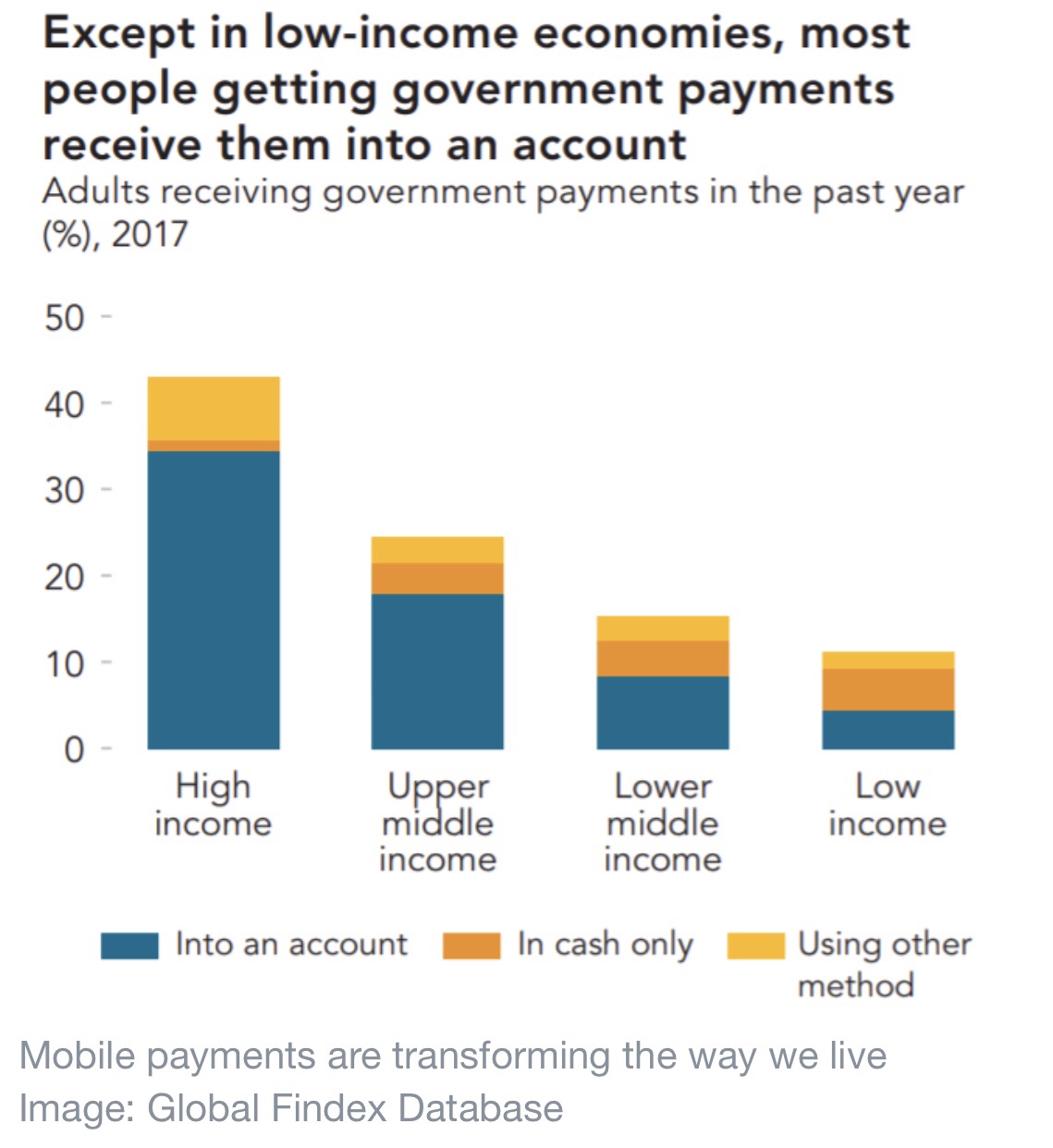
For example, in Sub-Saharan Africa, 12% of adults (64 million adults) have mobile money accounts (compared to just 2% worldwide), and 45% of them only have a mobile money account. As the newly banked population becomes connected to mobile payments, it’ll be much easier for them to participate in global trade, either as consumers or businesses.
Uphill battle for new technologies
It must be noted that these technologies also pose difficult governance challenges, both domestic and cross-border. From lack of governance framework, to incompatible licensing and taxation requirements, to outdated trade agreements, we can’t simply assume that these technologies will automatically take root and bear fruits.
Public and private stakeholders must work closely together to establish the framework and foster the environment for these new technologies to unleash their positive potential while mitigating the potential harms. In particular, the stakeholders should adopt the multi-stakeholder and human-centered agile governence approach to allow room for experimentation, and to gather input from a diverse set of participants. In addition, in the absence of a global standard, regional governing bodies should take charge and lead the effort to harmonize the regional rules on issues such as data flows, licensing, and taxation.
Technological innovations offer an exciting future for international trade among today’s uncertainties, with the right governing approach, these innovations will usher in more inclusive and efficient trade growth in the years to come.
Source: WEF Ziyang Fan, Christian Rodriguez Chiffelle
Soon the FIFA World Cup in football starts. The 21st Woröd Championship will be played in Russia. This will be a än amazing tournament. From the 14th June to te 15th of July 32 teams will play to win the trophy. So far eight coubtries have won, namely; Brazil (5), Germany (4), Italy (4), Argentina (2), Uruguay (2), France (1), Spain (1) and England (1).
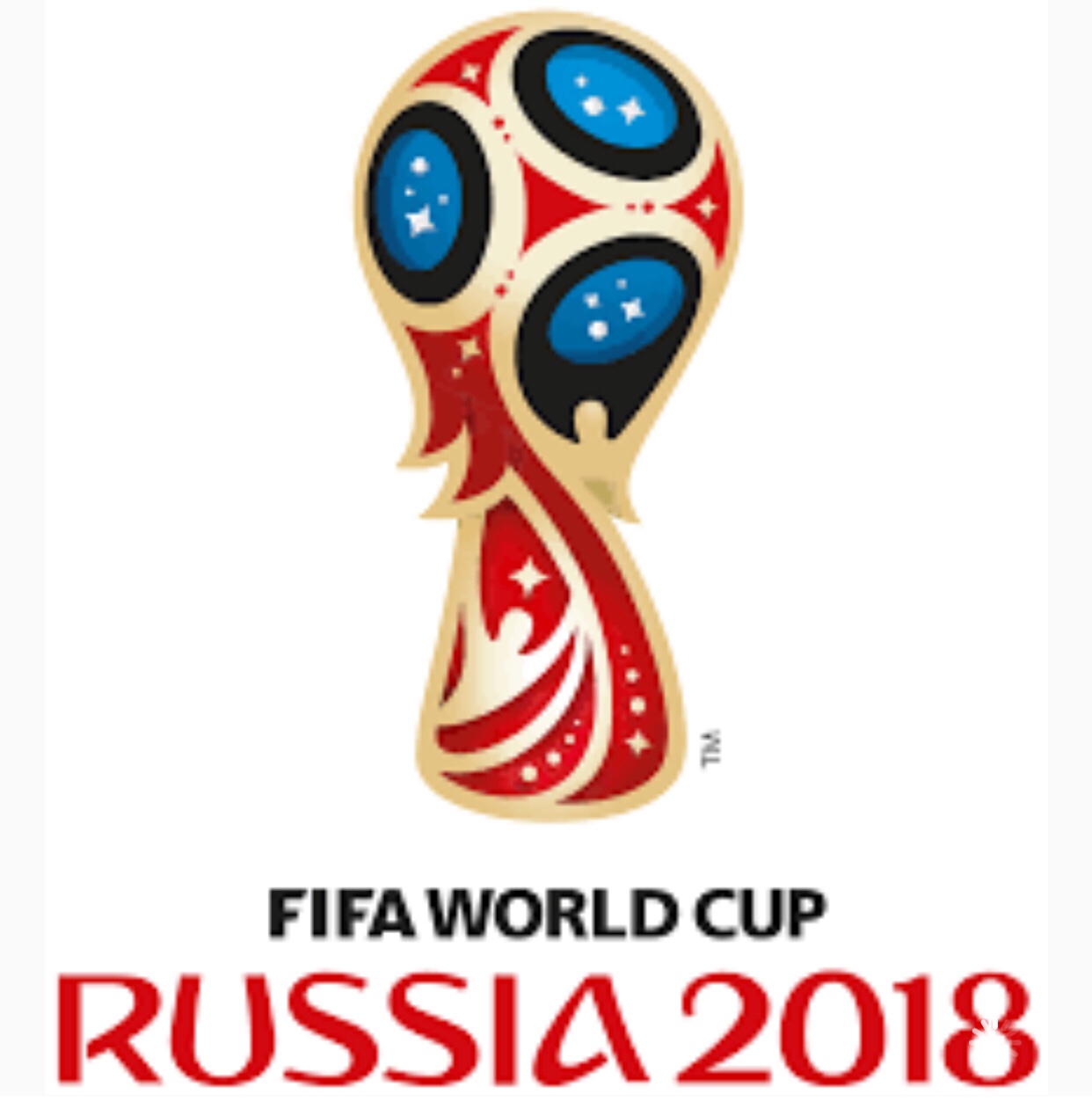
So who will win this time? Most people are sayong, Germany (again). Germany has an amazing team. But. I don’t think they will win this time,

My favourites are as follows:
1. France
2. Brazil
3. Spain
It will be a fantastic summer for all football lovers.
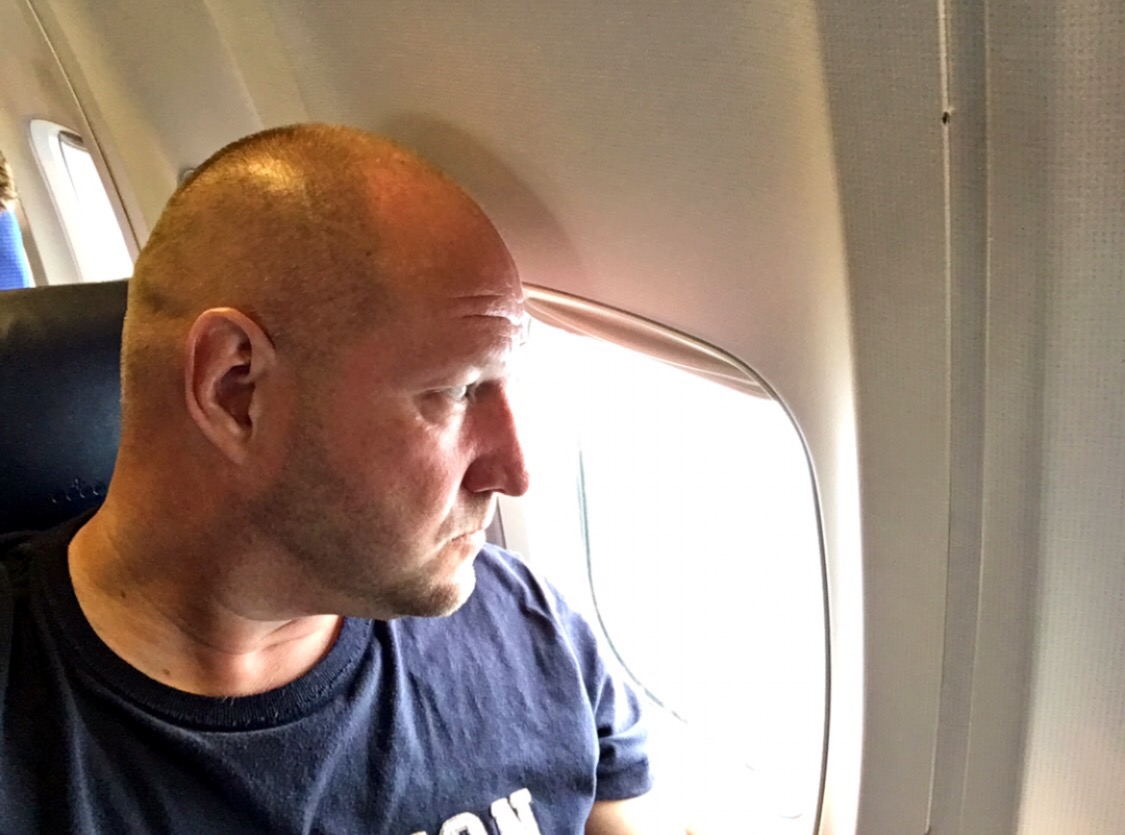
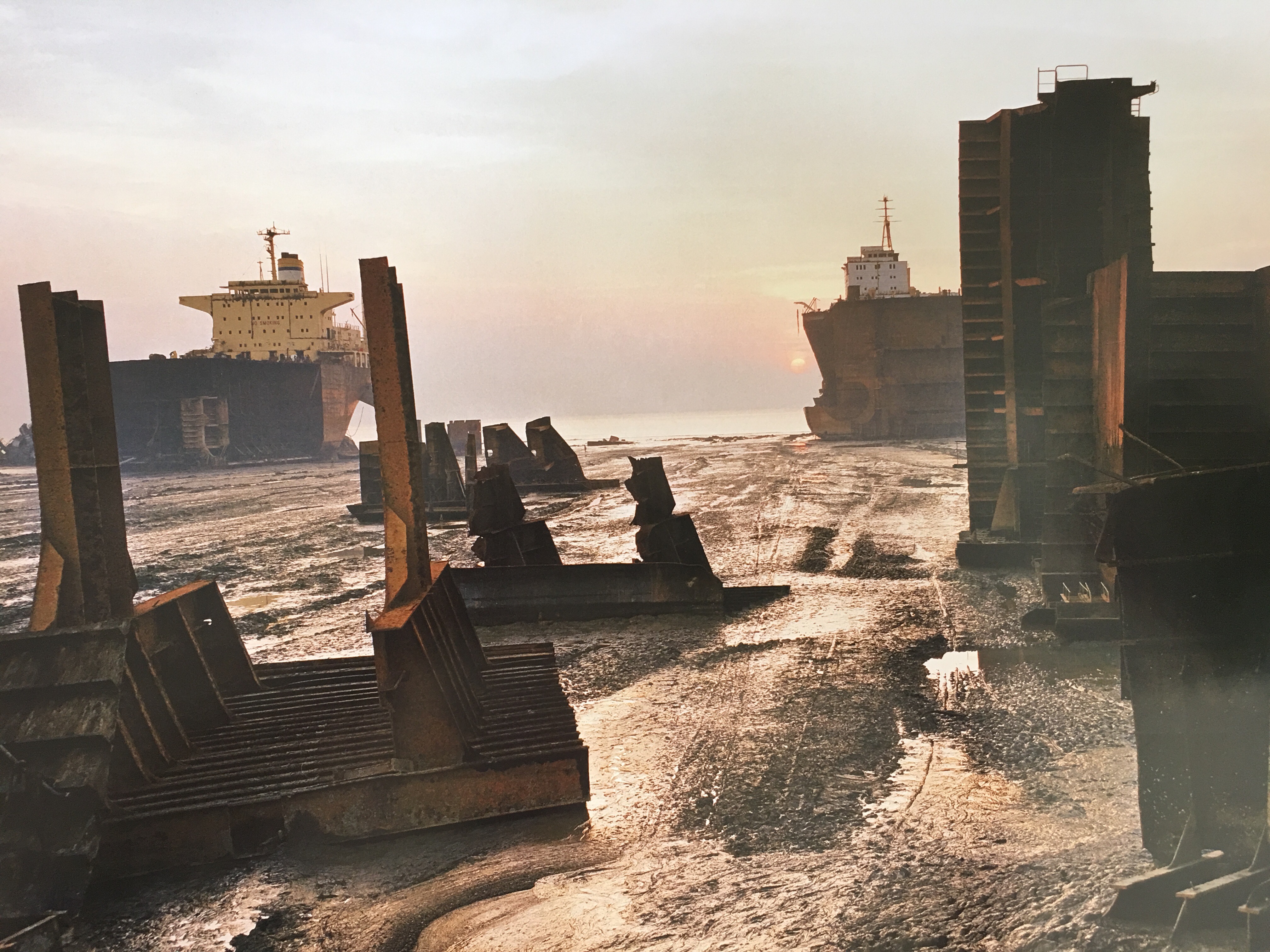
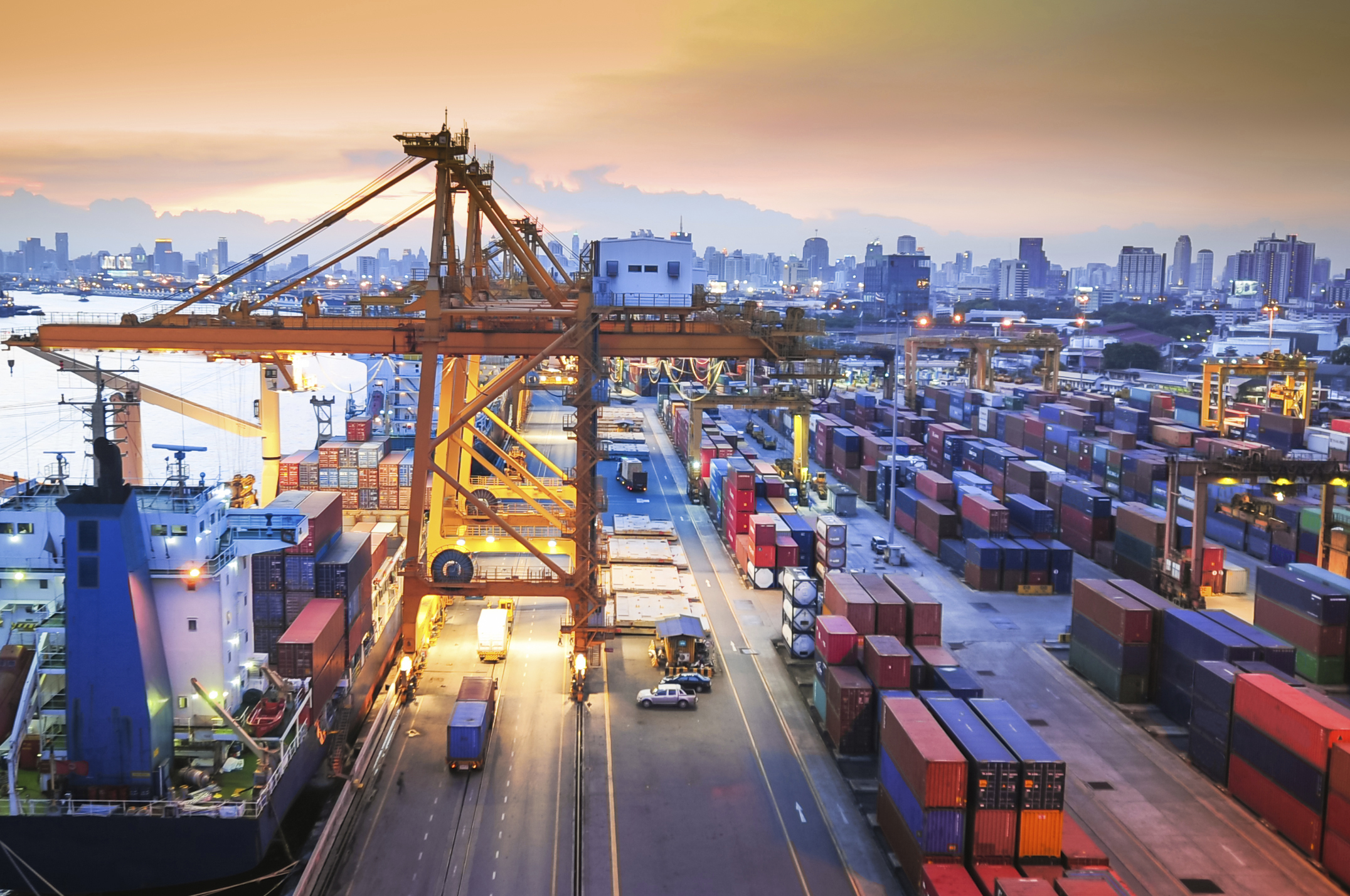
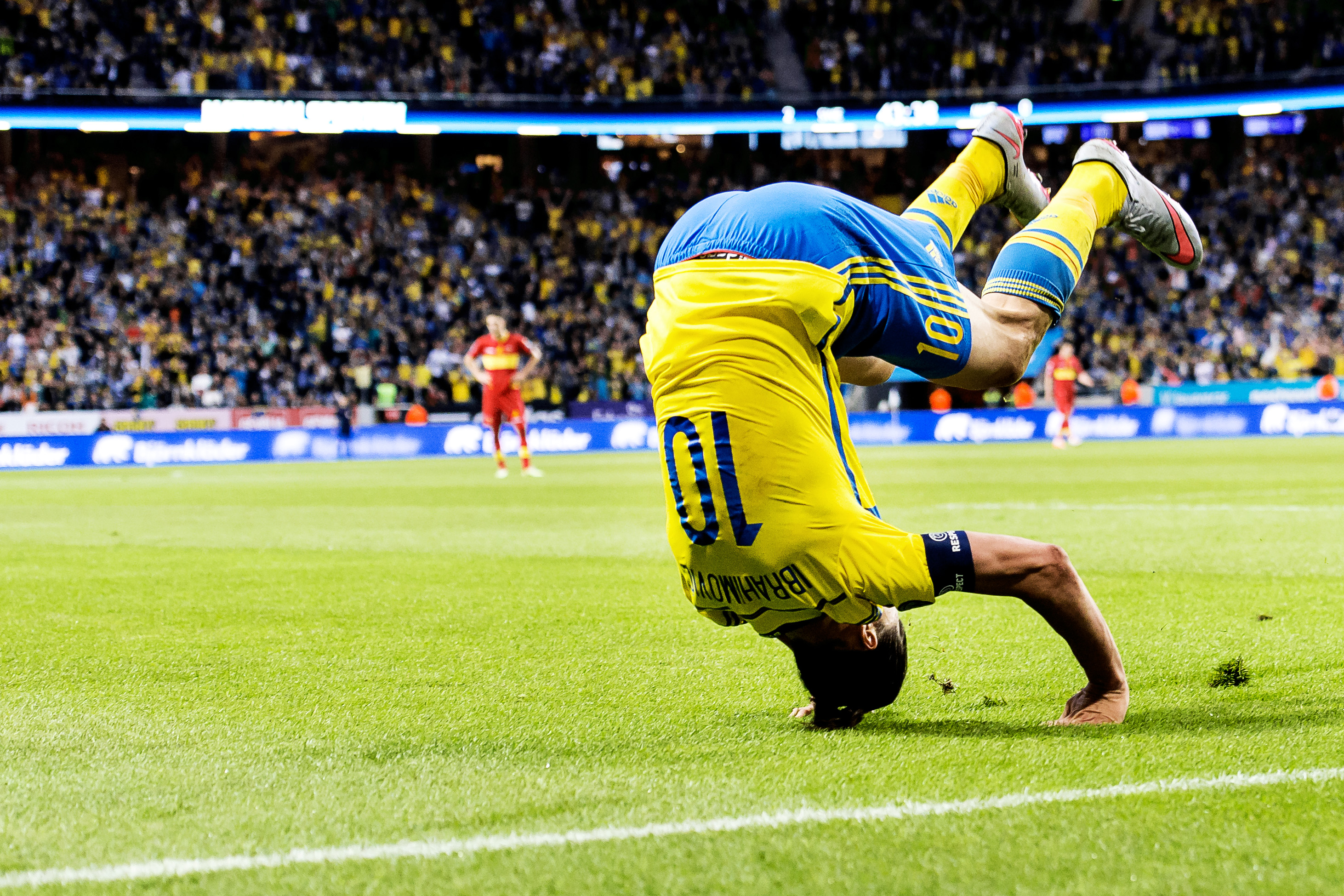
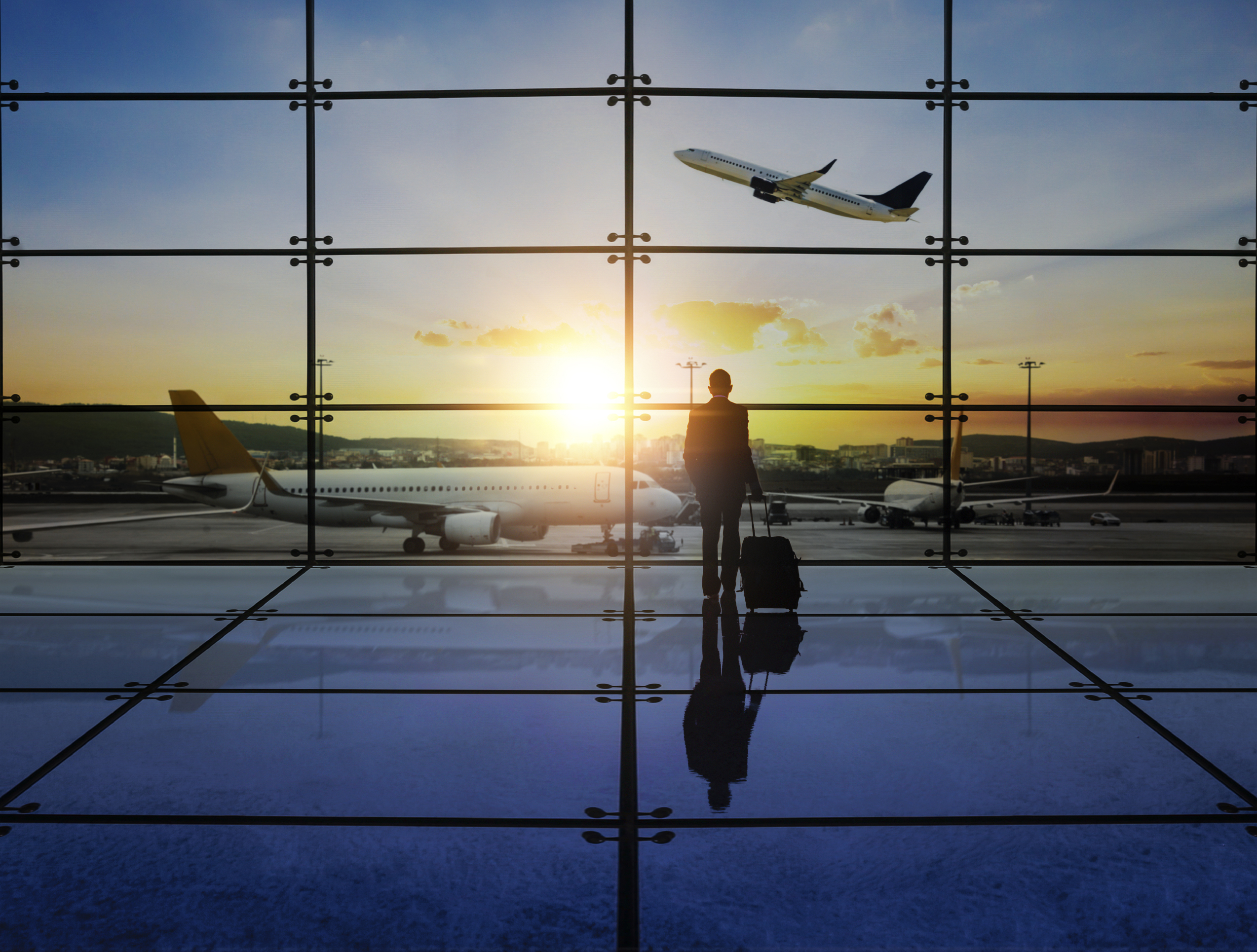

You must be logged in to post a comment.